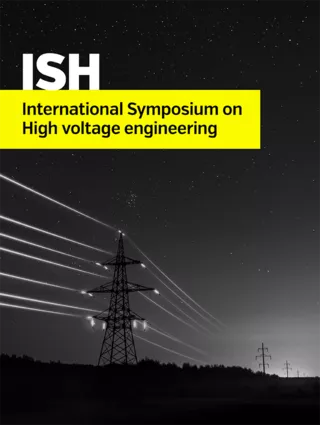Summary
Polymer insulators, when contaminated, show an improved electrical performance compared to conventional insulators. However, there are long-term effects, caused by exposition of polymer surfaces to different kinds of contamination, which need studies. Among these effects are corrosion, treeing, degradation and insulation failures that occur due to long exposition of polymer to corona and partial discharges. This work aims to investigate the effect of contamination on polymer insulator surfaces under stress, and its influence on corona formation. Using a 15kV-class polymer insulator, experiments were performed to identify the corona onset voltage, under different contamination levels. At first, the influence of the position and volume of water droplets was investigated, using metallic hemisphere models to simulate the drops on the insulator surface. In addition, in order to study the effect of pollution severity on corona formation, water droplets with different conductivities were deposited on the first shed of the insulator and corona was identified. In both cases, the electric field associated with the corona onset voltage was numerically calculated using the Finite Element Method. The results show a reduction of the corona onset voltage, depending of the pollution severity associated with the water droplets. Based on the results, it can be stated that polymer surfaces may became susceptible to present corona discharges when affected by higher contamination levels, particularly under the association: water and pollution.
Additional informations
| Publication type | ISH Collection |
|---|---|
| Reference | ISH2015_570 |
| Publication year | |
| Publisher | ISH |
| File size | 725 KB |
| Price for non member | Free |
| Price for member | Free |
Authors
Walch Michael, Hummel Rene



